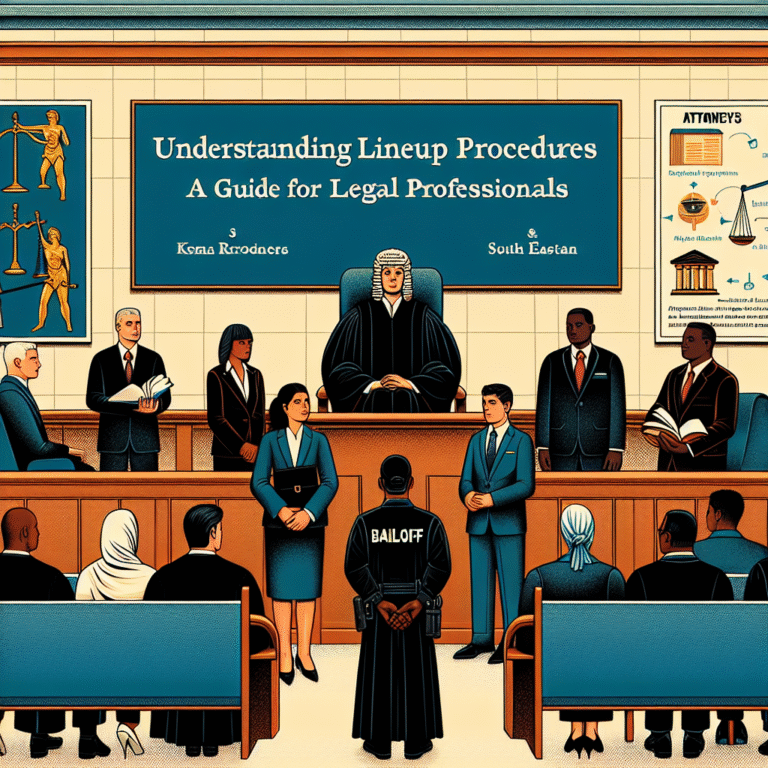
Introduction
In a world where understanding human behavior is becoming increasingly essential, the exploration of psychopathy is both fascinating and critical. Individuals diagnosed with psychopathy often exhibit a unique blend of charm, intelligence, and manipulation, leading us to ponder: how do experts evaluate this complex personality disorder? In this article, we will delve deep into the intricacies of psychopathy evaluation tools, providing insights that cut through the surface. This journey—Behind the Mask: Understanding the Tools for Psychopathy Evaluation—will reveal the methodologies and frameworks that professionals employ to uncover the truth hidden beneath the seemingly polished exterior of psychopathic individuals.
Understanding Psychopathy
What Is Psychopathy?
Psychopathy is characterized by a range of personality traits, primarily marked by a lack of empathy, superficial charm, manipulative behaviors, and antisocial tendencies. Renowned psychologist Robert Hare developed the Hare Psychopathy Checklist-Revised (PCL-R), a tool widely recognized for assessing psychopathy. Understanding this disorder is not just for the clinicians; it resonates with anyone interested in psychology, criminal justice, or even personal relationships.
The Importance of Accurate Evaluation
Evaluating psychopathy is vital for multiple reasons, including criminal profiling, risk assessment, and treatment planning. A precise understanding of these traits can also help prevent potential harm to others. The stakes are high; misdiagnosis or ineffective evaluation tools can lead to catastrophic consequences, thereby underscoring the urgency of using proven methodologies.
Tools for Psychopathy Evaluation
1. Hare Psychopathy Checklist-Revised (PCL-R)
Overview:
The most widely used tool for psychopathy evaluation, the PCL-R, consists of 20 items that assess various traits and behaviors associated with psychopathy.
Structure:
Each item is rated on a 3-point scale (0 to 2), with a maximum score of 40. A score of 30 or above is typically deemed indicative of psychopathy.
Case Study:
In a study involving violent offenders, those diagnosed with high PCL-R scores exhibited repeat criminal behavior compared to those with lower scores. This correlation emphasizes the PCL-R’s efficacy in predicting future violence.
| Trait | Rating Scale (0-2) | Example Behavior |
|---|---|---|
| Lack of remorse | 0 = No, 2 = Yes | Failure to feel guilt |
| Grandiose sense of self | 0 = No, 2 = Yes | Exhibiting extreme confidence |
2. Comprehensive Assessment of Psychopathic Personality (CAPP)
Overview:
Developed to provide a broader lens on personality traits, the CAPP tool evaluates psychopathy within the context of other personality disorders.
Strengths:
This tool is effective in scenarios where an individual may not fit neatly into the classic psychopathy profile but exhibits overlapping traits from other disorders.
Case Study:
In a mixed clinical group, practitioners used CAPP to reveal underlying traits in individuals previously diagnosed with borderline personality disorder, showcasing how psychopathy traits can intertwine.
3. Psychopathic Personality Inventory (PPI)
Overview:
The PPI is a self-report inventory focusing on the interpersonal and affective aspects of psychopathy. It comprises multiple facets, including social dominance and fearless temperament.
Use Case:
The PPI is commonly utilized in research settings to examine how psychopathic traits correlate with various behaviors in non-prison populations.
Case Study:
A longitudinal study involving university students highlighted that individuals with high PPI scores were more likely to engage in risk-taking behaviors, signifying the need for academic institutions to be aware of potential implications.
4. Structured Professional Judgment (SPJ)
Overview:
Unlike purely actuarial tools, SPJ incorporates both statistical data and clinical judgment, providing a nuanced approach to assessing psychopathy.
Importance:
This method encourages evaluators to consider situational factors and history, leading to a more personalized evaluation.
Case Study:
In distinct forensic settings, the SPJ approach revealed differences in risk levels based on contextual factors, aiding judges and psychologists in making more informed decisions regarding sentencing.
The Role of Interviews in Evaluation
Structured Interviews
Impact:
Structured interviews incorporating standardized questions significantly enhance reliability and validity in psychopathy assessment.
Benefits:
They enhance objectivity, mitigate biases, and result in more precise evaluations.
Unstructured Interviews
Utility:
While less structured, these interviews allow for greater flexibility and exploratory questioning, which can sometimes uncover unexpected insights into an individual’s psychopathic traits.
Case Study:
In one instance, an unstructured interview revealed deep-seated family issues in an individual labeled as psychopathic, prompting a shift toward therapeutic interventions.
Challenges in Psychopathy Evaluation
Overlapping Disorders
Many individuals exhibit traits from multiple disorders, complicating accurate evaluation. Clinicians must carefully differentiate between behaviors associated with psychopathy and those stemming from other personality disorders or mood disorders.
Potential for Manipulation
Psychopaths are often adept at presenting themselves as charming and agreeable, leading to challenges in assessment. This makes it crucial for evaluators to be well-trained in recognizing discord between verbal and non-verbal cues.
Changing Definitions
The evolving understanding of psychopathy can lead to inconsistencies in evaluation methodologies. Staying updated with research and clinical advancements is vital for professionals in the field.
Conclusion
In summary, the landscape of psychopathy evaluation is marked by complexity and nuance. Each tool—from the Hare Psychopathy Checklist-Revised to the Structured Professional Judgment method—contributes uniquely to our understanding of psychopathy, ensuring that evaluations are accurate and informed.
As we journeyed Behind the Mask: Understanding the Tools for Psychopathy Evaluation, we uncovered not just the mechanics of these assessments but also their profound implications on safety, treatment, and society at large. Armed with this knowledge, practitioners can better navigate the intricacies of human behavior, paving the way for more rigorous and compassionate approaches.
FAQs
1. What is the most widely used tool for psychopathy evaluation?
The Hare Psychopathy Checklist-Revised (PCL-R) is the most recognized and widely used tool for assessing psychopathy.
2. Can psychopathy be diagnosed with self-report tools?
Self-report tools like the Psychopathic Personality Inventory (PPI) can provide insights, but they should be used cautiously, as social desirability can skew results.
3. How does psychopathy differ from antisocial personality disorder?
While all psychopaths may be classified under antisocial personality disorder, not all individuals with antisocial traits are psychopaths. Psychopathy emphasizes emotional deficits and specific personality traits.
4. What role do interviews play in psychopathy evaluation?
Structured interviews enhance the objectivity and reliability of assessments, while unstructured interviews can provide deeper insights into an individual’s personality.
5. Are there any ethical concerns in psychopathy evaluation?
Yes, ethical considerations include ensuring accurate diagnosis, preventing stigmatization, and considering the potential ramifications of labeling someone as a psychopath.
By delving into the details of psychopathy evaluation, we hope to encourage greater awareness and understanding of this complex and often misunderstood subject.

















